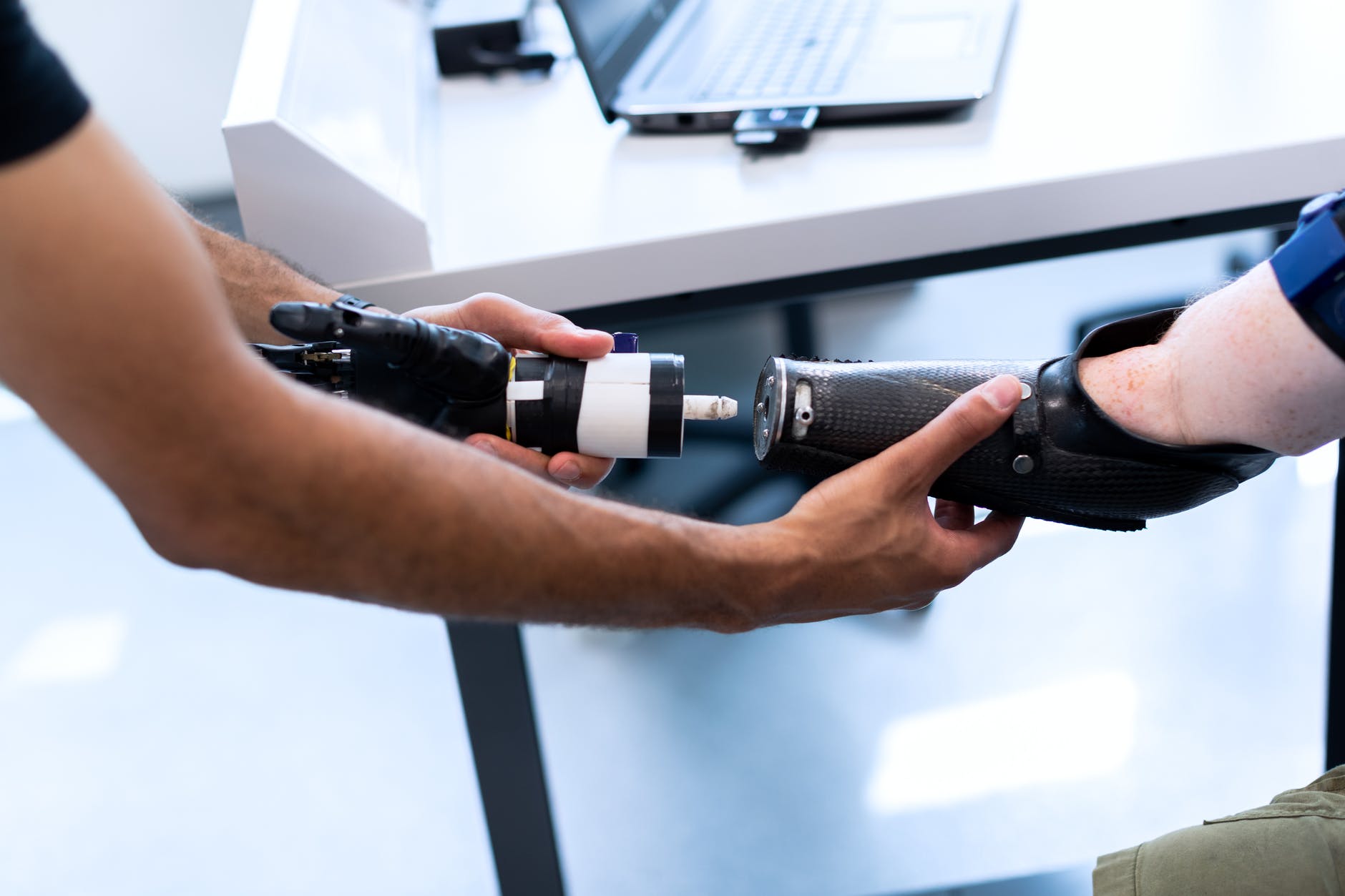
Having a disability that affects your mobility can take away a lot of your independence. Fortunately, modern technology is helping to give people with mobility issues more control. Below are just some of the technological innovations of the last two decades that people with mobility issues can benefit from.
Advanced prosthetics
In the past, prosthetics were hand-crafted and could only provide limited function. While such prosthetics are still popular, a number of advanced prosthetics have been invented that allow natural movement – and in some cases even some sensation.
Robotic prosthetic arms are now able to respond to brain signals. They are joined to electronic sensors throughout the arm, which can then respond and move much like an arm, forming a grip and in some cases picking up delicate items.
Many of today’s prosthetics are also 3D printed. This allows for quicker and cheaper production of realistic limbs.
Robotic exoskeletons
Robotic exoskeletons are a new technology that could one day work miracles by allowing paraplegic users to walk again. These devices are worn by the user either on the legs or the arms and are connected to the back. Using sensors, these exoskeletons are able to move like natural limbs, allowing disabled people to perform tasks like walking or lifting items.
Devices such as an exoskeleton suit for lifting could have uses beyond helping those with disabilities, possibly helping workers in manual labor industries to lift heavy objects more safely or even lift objects that currently can’t be lifted by humans. Already some people have started to adopt this technology – with time we could start to see it more commonly used.
Robots can help those with mobility issues in other ways. Here are just a few ways in which robotics are able to help the elderly.
Smart home technology
Smart technology is allowing more devices in our homes to be controlled remotely via a smartphone. This can prevent people with disabilities from having to move to manually press switches and check meters.
Smart thermostats can allow people with mobility issues to control their heating remotely. Smart lighting can meanwhile prevent the need to reach up and flick switches, allowing for all lighting around the home to be remote controlled. Smart locks can also be incorporated into homes that can be locked or unlocked via a smartphone. There’s also the possibility of smart shutters and curtains.
Such technology is still quite expensive to install but will likely become a lot more affordable in the future.
Voice control
Voice control can benefit not just those with limited leg movement but also those with limited arm movement. When linked up with smart home tech, it’s possible to control aspects such as lighting and heating using only one’s voice.
Voice control can also be used to operate smartphones and computers hands-free, including writing and sending emails and texts. Such technology is now a lot more accurate and is often pre-installed on devices, so there is no cost involved (unlike much of the other tech listed above).
